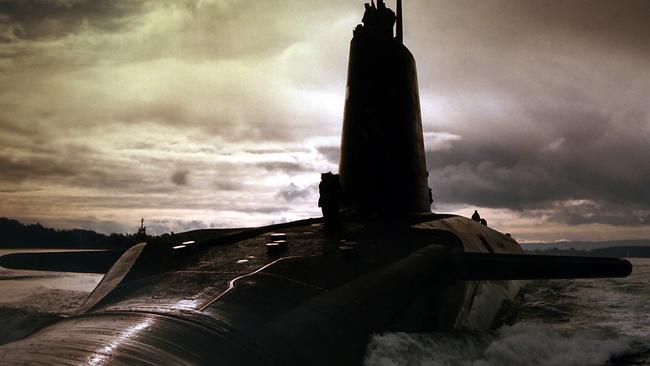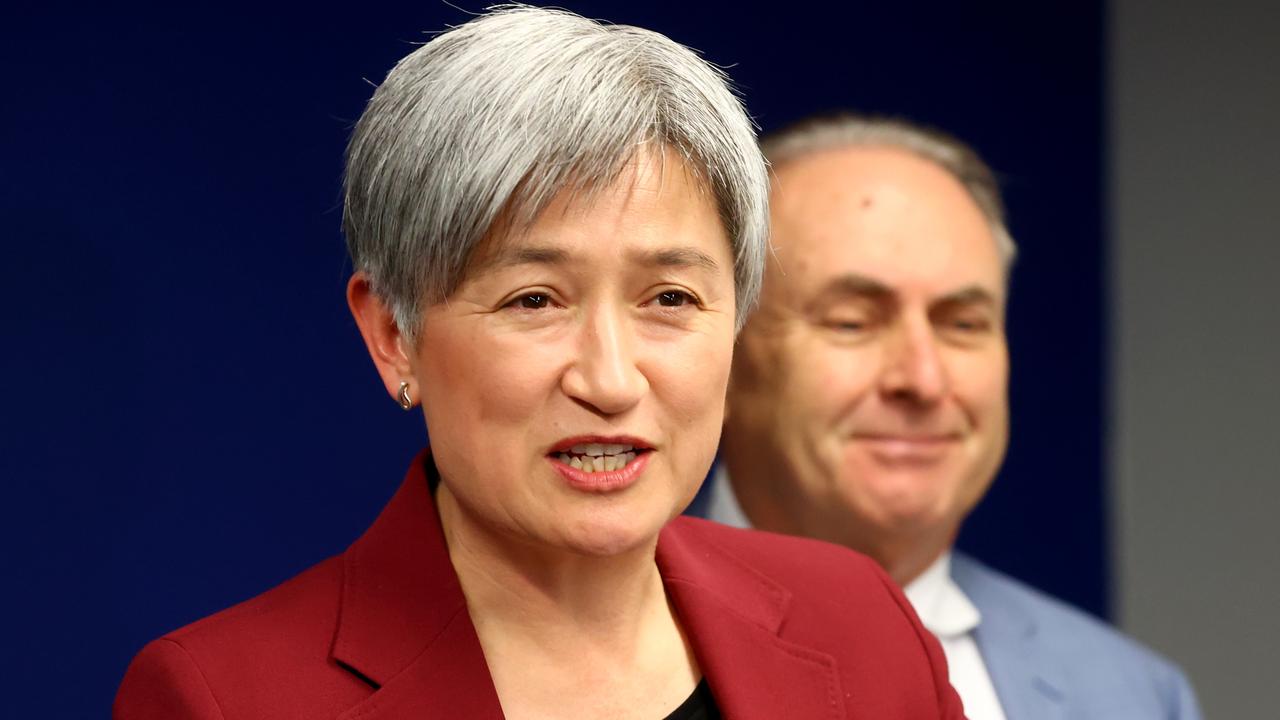Paul Starick analysis: Benefits of nuclear fleet built in Adelaide outweigh the costs for SA
Adelaide is at the centre of a partnership with the military and industrial might of the US and UK – but do the benefits outweigh the cost?

Opinion
Don't miss out on the headlines from Opinion. Followed categories will be added to My News.
Adelaide is at the epicentre of a historic Australian partnership with the military and industrial might of the United States and the United Kingdom, forged during a global pandemic to counter China’s rising belligerence.
The joint design, construction and sustainment of at least eight nuclear-powered submarines at Adelaide’s Osborne Naval Shipyard will forever transform Australia’s defence industry and strategic outlook.
The victim is the $90bn project to build 12 conventionally powered Attack class submarines at Osborne, inked in 2016 after years of indecision by both Coalition and Labor federal governments.
But Prime Minister Scott Morrison is vowing skilled shipbuilding workers will not be casualties – rather they will be guaranteed jobs in Australia’s current and new naval programs
.

About six months ahead of state and federal elections, Premier Steven Marshall is trumpeting a “jobs bonanza”, while his Labor opponent Peter Malinauskas is direly warning of “grave uncertainty about the future of thousands of South Australian jobs and tens of billions of dollars of investment”.
This debate hinges on whether the Osborne shipyard’s key purpose is creating jobs or bolstering national security. It must be the latter.
Defence leaders argue conventionally powered submarines will be highly vulnerable to attack in the future when they snort, or surface to refuel batteries. Nuclear-powered submarines can operate at long ranges, indefinitely, without needing to refuel.
The scrapped experiment with France’s Naval Group has already cost $2.4bn, plus unknown compensation costs for axing the deal.
Bringing together the military industrial complexes of our most intimate allies, however, should ensure more certainty about submarine design, construction and sustainment.
It should also open more opportunities for technology transfer, including machine learning and artificial intelligence.
The retention of Collins class full-cycle docking and addition of life-of-type extension are huge wins for the state, as is the $5.1bn destroyer upgrades.
The world has changed rapidly, particularly the strategic threat from China. Australia must adapt. At face value, the benefits outweigh the costs.



